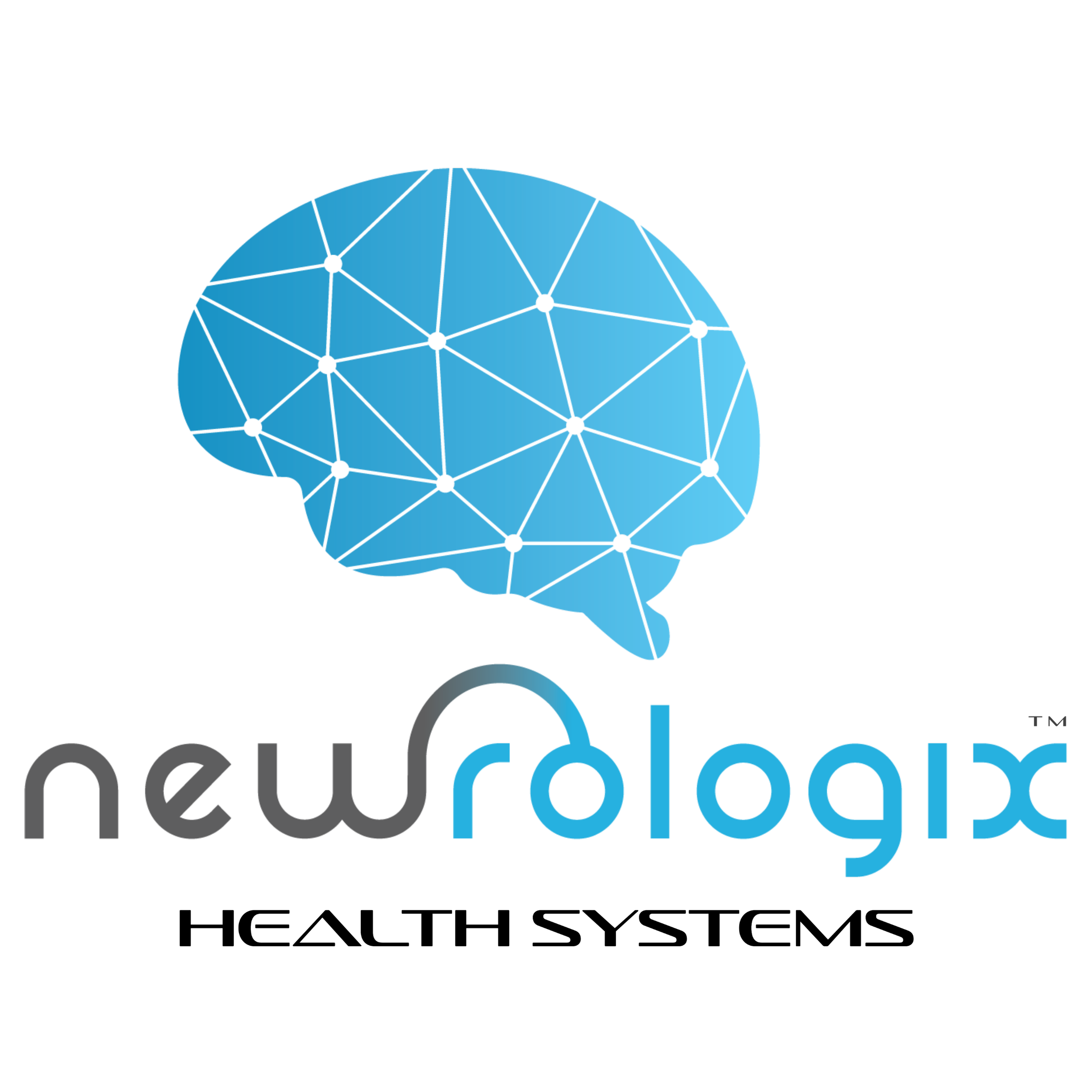What is a Brainmap and where do Brainwaves come from?
Have you ever wondered what's going on inside your brain? Maybe you've been feeling a bit foggy lately, or you've been struggling to concentrate. Well, fear not my friend! The qEEG brainmap is here to help shed some light on the inner workings of your noggin.
Now, I know what you're thinking. "A brainmap? Is that like a treasure map, but for my brain?" Not quite, but close! Instead of leading you to a chest full of gold doubloons, a qEEG brainmap shows you the areas of your brain that may be causing trouble, like a big red X marks the spot.
The qEEG brainmap is generated using data from an EEG recording, which is like a fancy hat with wires that you wear to bed. Okay, maybe it's not that fancy, but it does record your brain's electrical activity while you snooze. And we all know how much fun it is to wear hats to bed!
Anyway, the qEEG brainmap uses some super cool software to analyze and interpret the data from the EEG recording, creating a colorful map of your brain's electrical activity. Think of it like a heat map but for your brainwaves. The software compares your brain's activity to a bunch of other brains in a normative database, which is just a fancy way of saying a big pile of brain data. Then, it generates a report that shows you where your brain activity is deviating from the norm.
So, why is this important? Well, let's say you're struggling with attention and focus. The qEEG brainmap might show that your frontal lobes, which are responsible for those functions, are a bit sluggish. Armed with this information, you and your doctor can work together to come up with a plan to boost those frontal lobes and improve your focus. It's like a personalized brain workout!
Of course, as with any diagnostic test, there are limitations to what a qEEG brainmap can tell you about your brain. It won't magically solve all your problems, like a genie in a bottle. But it can be a helpful tool in understanding your brain function and identifying areas that may need some extra attention.
So, the next time you're feeling a bit foggy or forgetful, don't be afraid to don your fancy EEG hat and get a qEEG brainmap. Who knows, you might just discover that your brain is a treasure trove of potential!
Brainwaves are rhythmic electrical patterns of activity that are generated by the neurons in the brain when they communicate with each other. These electrical signals can be measured using electrodes placed on the scalp and are commonly known as electroencephalograms (EEGs).
There are several types of brainwaves, each with a different frequency and associated with different states of consciousness or mental activities. The five main types of brainwaves are:
1. Delta waves (0.5-4 Hz): These are the slowest brainwaves and are associated with deep sleep and unconsciousness.
2. Theta waves (4-8 Hz): These waves are associated with drowsiness, daydreaming, and light sleep. They are also present during meditation and hypnosis.
3. Alpha waves (8-13 Hz): These waves are present when we are relaxed and calm, but still awake and alert. They are often seen when we close our eyes and relax.
4. Beta waves (13-30 Hz): These waves are associated with mental activity, such as thinking, problem-solving, and focused attention. They are present when we are awake and alert.
5. Gamma waves (30-100 Hz): These are the fastest brainwaves and are associated with higher mental processing, such as perception, memory, and consciousness.
The different types of brainwaves can provide insight into a person's mental state and can be used to diagnose and treat various neurological conditions, such as epilepsy and sleep disorders. They can also be used to study cognitive processes, such as attention, perception, and memory.
